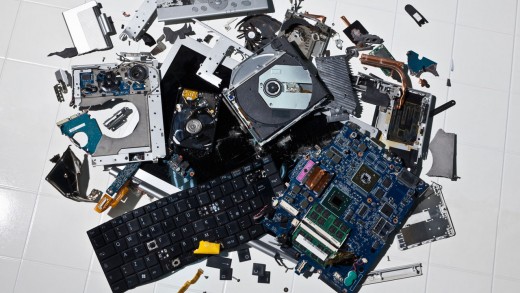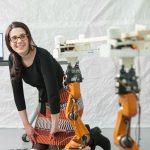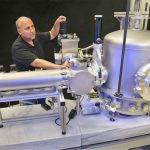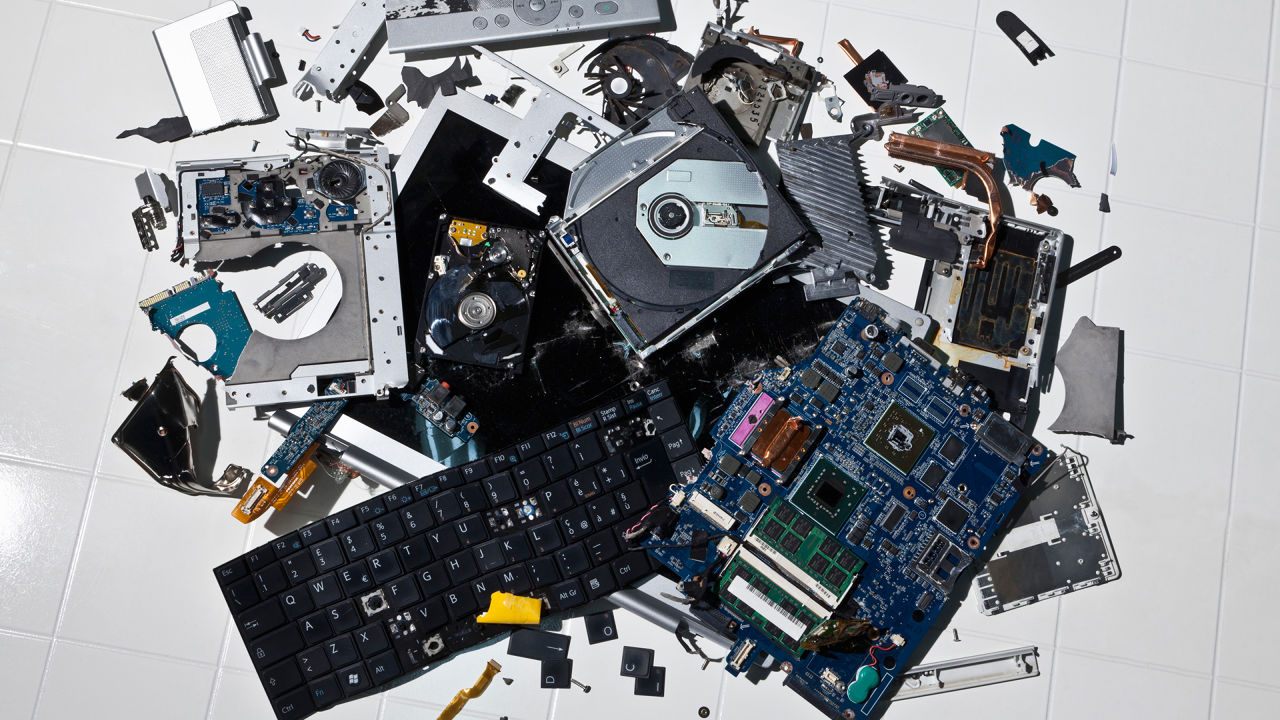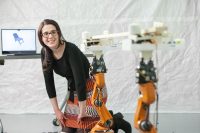The Golden Age Of Quantum Computing Is Upon Us (when we resolve These Tiny issues)
actually tiny. As IBM publicizes a major advance, many challenges stay in building a pc that takes good thing about quantum weirdness.
could thirteen, 2015
Quantum computing just isn’t straightforward. however researchers at IBM just lately announced that they had taken a step toward fixing one in every of its biggest challenges: growing a better way to realize and proper disturbing errors. In a weblog submit, Mark Ritter, who oversees scientists and engineers at IBM’s T.J. Watson research Laboratory, wrote: “I consider we’re entering what is going to grow to be considered as the golden age of quantum computing research.” His crew, he said, is “on the forefront of efforts to create the first authentic quantum laptop.”
First, what that may imply: A quantum pc harnesses the science of the very small—the ordinary habits of subatomic particles—to unravel issues which might be computationally infeasible for a classical laptop or simply take too long. How molecules engage at the quantum stage, as an example, is tough to check in a laboratory and unimaginable to simulate on a classical computer but might be simulated on a quantum computer.
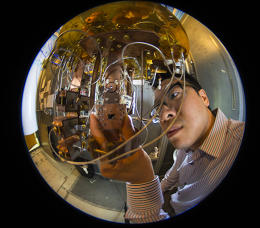
“This (quantum simulation) has doable for things like drug discovery, drug design, chemical design, and optimistically functions in the bio-pharma realm,” says Jerry Chow, manager of IBM’s Experimental Quantum Computing staff. A quantum pc may additionally crack probably the most refined encryption in use nowadays. The NSA has been investing in quantum computing research for this very reason.
for the reason that 1990s quantum computer systems have existed in, smartly, a quantum state, immediately a highly theoretical box of physics and arithmetic and a concrete engineering problem progressing in fits and begins. academic research labs around the globe, governments, and firms together with Google, Microsoft, and Lockheed Martin were working on the basic building blocks of a quantum computer for some years. The Canadian firm D-Wave claims to have already constructed one, however many researchers, together with those at IBM, are skeptical about how “quantum” it in point of fact is.
what is “Quantum” Anyway
A classical binary bit is at all times in certainly one of two states—0 or 1—whereas a quantum bit or qubit exists in both of its that you can imagine states immediately, a condition referred to as a superposition. An operation on a qubit subsequently exploits its quantum weirdness with the aid of permitting many computations to be performed in parallel. A two-qubit gadget would operate the operation on 4 values, a three-qubit gadget on 8 and so forth.
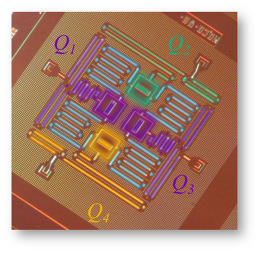
somewhat than performing each calculation in activate the current single state of its bits, as a classical laptop does, a quantum computer’s sequence of qubits can be in each that you can think of mixture of 1s and 0s immediately. this permits the computer to check each that you can think of answer concurrently and to perform sure complex calculations exponentially quicker than a classical computer.
however there is a trap. One curious function of a qubit is that measuring it motives it to “cave in” into a single classical known state—zero or 1 once more—and lose its quantum properties. A quantum calculation ends with a size of your complete sequence of qubits to yield an answer.
Many quantum algorithms are non-deterministic; they to find many different options in parallel, only considered one of which can be measured, so they supply the proper solution with handiest a definite identified probability. operating the calculation a few occasions will elevate the probabilities of discovering the appropriate resolution but in addition may just scale back quantum computing’s velocity benefit.
IBM’s fulfillment
Most researchers agree that many challenges remain in the quest to construct a pragmatic quantum computer. In a paper revealed in Nature, Chow’s team described its development in tackling a kind of challenges, by designing a approach to discover error on a two-by using-two lattice of superconducting quantum bits.
If there are errors within the underlying information saved by any pc then the results of its calculations shall be mistaken. mistakes hardly ever happen in the transistors used to construct classical computers, and when they do, they’re mechanically fastened with the aid of various error-correction schemes.
Quantum computers are a unique story. “Qubits are in point of fact susceptible to mistakes,” says Chow. “they can be affected by heat. they can be plagued by noise within the surroundings. they can be suffering from stray electromagnetic couplings.”
just one form of error can happen in the knowledge saved by using a classical computer, slightly-flip, where a 0 is mistakenly flipped to 1 or vice versa. Qubits suffer from bit-flits but in addition from section error. A superposition state of a qubit, or having the values 0 and 1 at the similar time, is denoted as “zero+1”. A phase error flips the signal of the segment relationship between zero and 1.
“0+1 and zero-1 are very different in the case of the information that’s in that state,” explains Chow. “we have now to think about it as an arrow pointing alongside a sphere. you can level on the south pole and that’s a zero. which you could also be pointing on the north pole and that’s a one. that you may point alongside the equator and that’s a 0+1 however when you point to the exact opposite aspect of that equator, it’s a zero-1.” To make things much more complicated, quantum error correction schemes need to avoid measuring qubit data immediately in view that so as to result in the value to fall down.
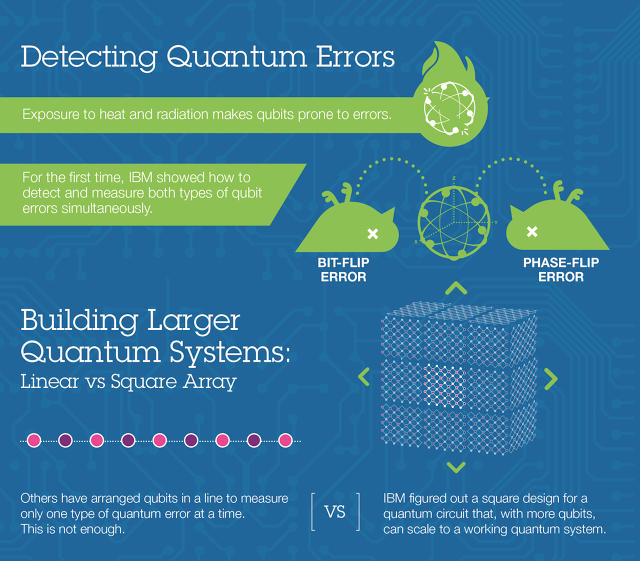
IBM’s new error-detection scheme is in keeping with a way known as surface code which spreads quantum data across many qubits. Two syndrome (or measurement) qubits are coupled with two code, or information qubits. One syndrome qubit reveals whether slightly-flip error has took place to either of the code qubits, while the other syndrome qubit flags the case the place a section-flip error occurred, all without straight away measuring either of the qubits.
but error correction is solely one of the crucial boundaries on the rocky highway to building a pragmatic quantum pc.
extra Quantum, extra issues
One professor posted a lengthy checklist of these obstacles on Quora. one in all them is the issue of coherence. a common metric for the quality of a qubit is coherence time, or how long it retains its quantum houses. a robust and absolutely practical quantum computer needs to have an extended coherence time. that is still a long way off. In 2014, researchers on the college of new South Wales claimed a brand new world report when they created two new varieties of qubits that might retain their quantum state for a full 35 seconds.
“For quantum error correction to work you want the person qubits to already be above a undeniable high quality,” says Chow, “to be able to make these particular person qubits better and better, there wish to be a variety of traits in terms of supplies, how we lay out all these units and construct them into an exact processor.”
in contrast to classical computer systems, there aren’t any same old supplies or structure for the quantum model. Qubits are currently developed in various methods from ion traps (charged atomic particles) and electrons in silicon to the superconducting circuits utilized by Chow’s workforce.
as a way to achieve lengthy coherence occasions, qubits need to be remoted from the exterior world, steadily in sub-zero temperatures. Isolation makes it tough to regulate the computer effectively, due to the fact this essentially involves contact with the skin world. reaching keep watch over and coherence is pricey.
to achieve these long-lasting qubits, Australian researchers manipulated a single phosphorus atom entombed in a silicon crystal the use of $one hundred,000 high-frequency oscillating magnetic field generators and a easy electrical pulse to change the frequency of the atom’s electrons. “due to this fact, we will selectively select which qubit to operate,” explained Andrea Morello, one of the researchers. “It’s just a little like picking which radio station we tune to, by way of turning a simple knob. right here, the ‘knob’ is the voltage utilized to a small electrode positioned above the atom.”

The design has when you consider that been updated to keep an eye on more than one qubits, and closing month the lab said new progress in manufacturing the silicon crystal, through using only a thin layer of particularly purified silicon, an increase that could considerably reduce the time and cost of hardware development.
Scale Up
so far, on the other hand, no person has managed to operate more than a few quantum logical operations on a handful of qubits prior to hitting the coherence time wall. The extra qubits are linked, the upper the likelihood that a quantum computer will start to behave like a classical one. but extra complex issues cannot be solved without a large number of qubits.
“to build a quantum chip that appears like as of late’s processors,” says Chow, “that’s going to require a lot of engineering and quite a few working out of different supplies and the way they behave in the quantum world.”
any other difficulty is that the set of issues that a quantum algorithm can solve a lot quicker than a classical one may be limited. considering that many quantum algorithms are non-deterministic, you want some approach to examine if the measured resolution is correct. When calculating the components of a main quantity, for instance, it’s simple to test the result. but many issues have solutions that are not so simply confirmed.
Even when the solution is verifiable, you may need to run the same calculation several instances to succeed in the best answer, thereby reducing the speed advantage. Researchers in Vienna are tackling this drawback by using inserting quick intermediate calculations, whose answers are recognized, into the calculation. this provides the person a measure of the reliability of the computer. different quantum algorithms exploit a phenomenon referred to as interference to extend the chance that a single run will yield the right solution.
IBM’s Chow continues to be sanguine concerning the limitations beforehand, and specifically about the challenge of making the holy grail of a “logical qubit,” which is constructed the use of bodily qubits however which does not lose its data and is error corrected. “a variety of these issues might be solved in the next few years and on the way to assist us get to the place we can exhibit logical qubit encoding. Then we are able to take a step toward some genuine quantum algorithms on high of that logical layer.”
And the best way that we all use computers—scientists, cryptographers, knowledge crunchers, web searchers—will probably be just a little bit nearer to a quantum leap.
fast company , learn Full Story
(166)

